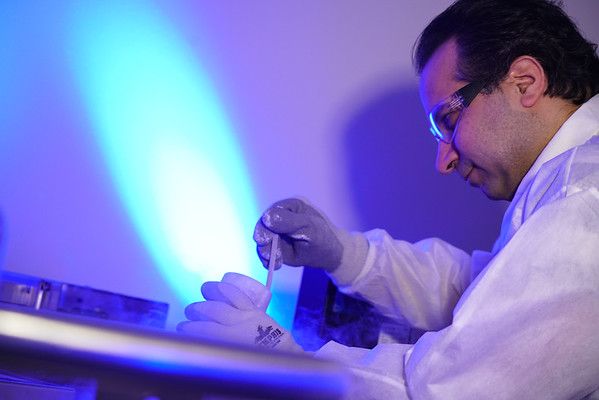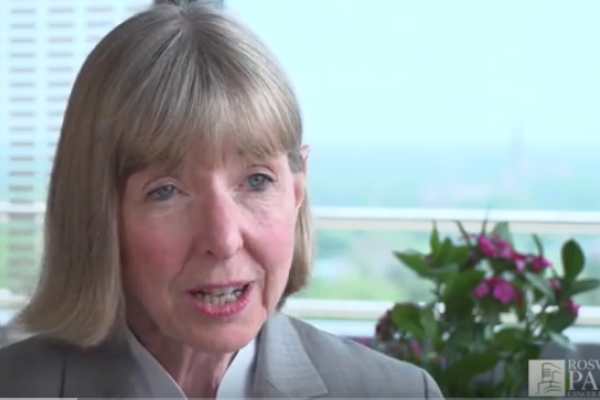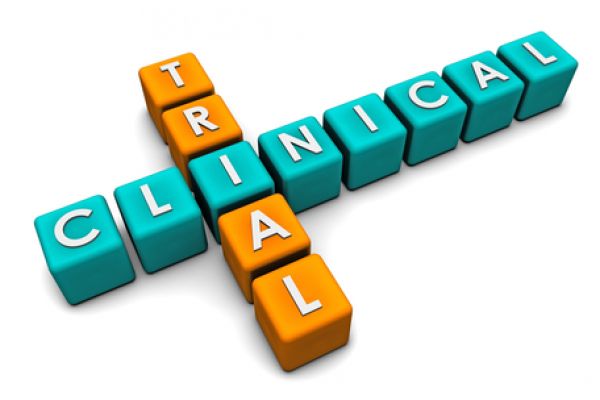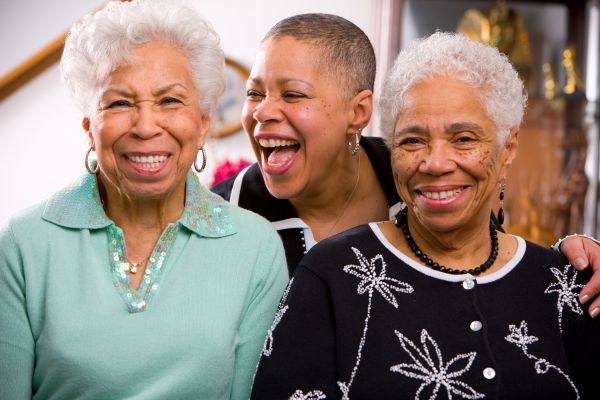Patients, Families & Friends Help Build a Powerful Research Tool
Over the past 14 years, Roswell Park patients, their families and friends have helped build one of the most powerful tools available to cancer researchers — the Data Bank and BioRepository (DBBR). It contains biological samples plus medical and health behavior information from more than 27,000 people, including 23,000 Roswell Park patients and 4,800 people who have never had cancer. Its power continues to grow with the addition of new samples and data.
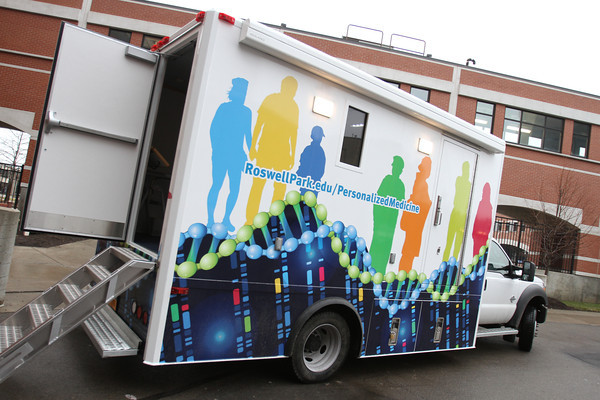
Why is it so valuable? The information it contains can help scientists zero in on some of the biological differences between people who have cancer and people who don’t. Identifying those differences could lead to better tests for early detection of cancer and more effective cancer treatments.
Collecting the samples and information before researchers need them dramatically reduces the time it takes to launch a research project. “Traditionally, it could take a scientist three or four years or more to recruit enough eligible patients to provide the samples needed for research,” explains Gregory Ciupak, MPH, Scientific Department Administrator, Department of Cancer Prevention and Population Sciences. “With the DBBR, everything can be ready to go in three to four months.”
“When I tell my colleagues at other institutions about the DBBR, they can’t believe it,” says Katerina Gurova, MD, PhD, Department of Cell Stress Biology.
How Do People Donate?
Eligible new patients who walk through the doors at Roswell Park are asked to contribute to the DBBR. That involves giving a blood sample, which is often part of their routine lab tests. Patients are also asked to give Roswell Park permission to keep tissue samples for research use — tissue that would be removed and discarded anyway during a biopsy or surgery.
Patients who agree to donate are also asked to fill out a questionnaire about family history and personal lifestyle details such as smoking, diet, alcohol use, past cancer screenings (mammograms and colonoscopies, for example), illnesses and medications. That information and the biological samples are “de-identified,” so patients remain anonymous and cannot be identified by the researchers who will use the samples in the future.
In most cases, patients are eligible to donate to the DBBR if they are “treatment naïve,” meaning that they have not had any previous cancer treatments. That’s important because chemotherapy and radiation can alter biomarkers in the blood and tissue that are of critical interest to researchers.
Family members and friends who have never had cancer are also invited to contribute blood as “controls” to help researchers spot microscopic differences between those who have cancer and those who don’t. These donors, too, fill out a questionnaire about their health, family history and lifestyle.
While some people decline to participate, “we actually enroll around 300 people a month, on average, into the DBBR,” Ciupak says.
The DBBR team also goes out into the community with a specially equipped van to recruit new donors at health fairs and other events. Recruitment staff and trained phlebotomists are on hand to enroll participants and collect blood samples for the DBBR.
Safe in the Deep Freeze
After collection, the blood samples are siphoned into tiny plastic straws, color-coded to show whether they contain whole blood, serum or other components researchers may need, and then stored in freezers of liquid nitrogen kept at -150 degrees Centigrade. (At that temperature, the samples are expected to have a shelf life of half a century.)
As scientists begin to explore how the microbiome affects the immune system, there are plans to build a new branch of the DBBR that will collect and bank other types of biological samples, including skin cells from the arm, cells from inside the mouth (collected with a swab) and fecal samples that can provide a snapshot of the donor’s gut flora. “Hopefully we’re going to be on the cutting edge of that,” says Ciupak.
If you’ve never had cancer and would like to contribute to the DBBR, please call 716-845-7774 and staff will set up a time that’s convenient for you to come in to Roswell Park. You may even donate on the spur of the moment if you’re already at Roswell Park.
Staff will explain the process before asking for your written consent. You’ll then to go Phlebotomy on the first floor of the hospital to have three tubes of blood drawn. “Three tubes — that’s it,” says Ciupak. “You’re in and out within a few minutes, but your contribution may last a lifetime.”
Your participation could help unlock the mysteries of cancer.
Never miss another Cancer Talk blog!
Sign up to receive our monthly Cancer Talk e-newsletter.
Sign up!